Introduction
- In the realm of programming languages, Python stands as a formidable giant, celebrated for its simplicity, versatility, and vibrant community. What makes Python truly exceptional, however, is its vast library ecosystem, which empowers developers across the globe to tackle an astonishing array of tasks with ease.
- A library, in the context of programming, is akin to a treasure chest of pre-built tools and functions, each designed to simplify and expedite specific programming challenges. Python libraries are renowned for their robustness, efficiency, and, above all, their capacity to unlock the full potential of Python programming.
- In this comprehensive guide, we delve into the heart of Python’s power, unveiling the top 10 Python libraries that have become indispensable in fields as diverse as data science, machine learning, web development, and scientific research. These libraries are more than just packages; they are the catalysts propelling Python into the forefront of modern technology.
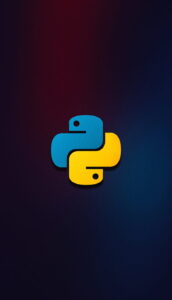
What is A Library?
Here are some key points about libraries
Reusable Code
Libraries contain code that has been written and tested by others to perform specific tasks or implement certain functionality. Instead of reinventing the wheel, developers can use these pre-existing solutions to save time and effort.
Abstraction
Libraries often provide a level of abstraction, hiding the complex details of a particular task or functionality behind a well-defined interface. This makes it easier for developers to use the library without needing to understand all the underlying intricacies.
Modularity
Libraries promote modular programming by allowing developers to break down their applications into smaller, manageable components. This modular approach enhances code organization and maintainability.
Community Contributions
Many popular programming languages, including Python, JavaScript, and Java, have vibrant communities that contribute to the creation and maintenance of libraries. This collaborative effort results in a wide variety of libraries that cater to different needs and domains.
Versatility
Libraries can cover a wide range of domains, including data manipulation, web development, machine learning, graphics, and more. This versatility allows developers to find libraries that suit their specific project requirements.
Dependencies
When using a library, developers typically need to include it as a dependency in their project. This means that the library’s code is integrated into the developer’s application, allowing them to use its functions and features.
Documentation
Libraries often come with documentation that explains how to use them, including details on available functions, classes, and parameters. Proper documentation is essential for developers to effectively utilize a library.
Open Source
Many libraries are open-source, which means their source code is freely available for inspection, modification, and redistribution. Open-source libraries encourage transparency and community collaboration.
What Are Python Libraries?
Here are some key aspects of Python libraries
Reusable Code
Python libraries contain code that has been developed and tested by the Python community. Instead of writing code from scratch to perform common tasks, developers can import and use these libraries, saving time and effort.
Specialized Functionalities
Different Python libraries are designed for specific purposes. For example, NumPy is used for numerical computations, Pandas for data manipulation, and Matplotlib for data visualization.
Abstraction
Libraries often abstract complex tasks into user-friendly functions and classes. This abstraction allows developers to use the library without needing to understand all the underlying details.
Modularity
Python libraries promote modular programming by providing modular solutions to common problems. This modular approach enhances code organization and maintainability.
Community Contributions
Python has a robust and active community that continuously develops and maintains libraries. This community-driven effort results in a wide variety of high-quality libraries available for Python developers.
Dependencies
To use a Python library, developers typically include it as a dependency in their Python projects. This makes it easy to integrate the library’s functionalities into their applications.
Documentation
Python libraries often come with extensive documentation that explains how to use them. Documentation provides details about available functions, classes, and parameters, making it easier for developers to utilize the library effectively.
Open Source
Many Python libraries are open-source, meaning their source code is freely available for inspection, modification, and distribution. Open-source libraries encourage transparency and community collaboration.
List of Top Libraries in Python
1.Pandas
Purpose
Data manipulation and analysis.
Use Cases
Data cleaning, exploration, transformation, and analysis. Ideal for working with structured data.
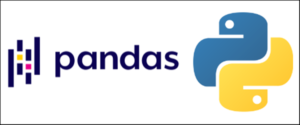
2.NumPy
Purpose
Numerical computing and array processing.
Use Cases
Performing mathematical and statistical operations on arrays, matrices, and multi-dimensional data.

3.Keras
Purpose
High-level neural networks API.
Use Cases
Building and training deep learning models with ease. Suitable for both beginners and experts in deep learning.

4.TensorFlow
Purpose
Open-source machine learning framework.
Use Cases
Developing machine learning and deep learning models for various applications, including image recognition and natural language processing.
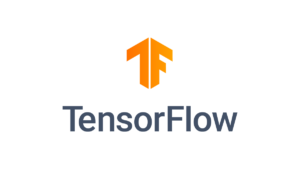
5.Scikit-Learn
Purpose
Machine learning library.
Use Cases
Implementing and deploying machine learning algorithms for classification, regression, clustering, and more.

6.Eli5
Purpose
Debugging machine learning models.
Use Cases
Providing insights into model predictions, explaining model behavior, and identifying issues in machine learning models.

7.SciPy
Purpose
Scientific and technical computing.
Use Cases
Solving mathematical problems, performing scientific experiments, and working with specialized functions, such as optimization and integration.
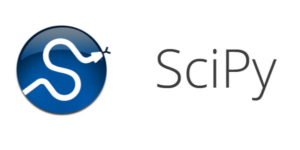
8.PyTorch
Purpose
Open-source machine learning framework.
Use Case
Building and training neural networks, particularly popular in research settings for its flexibility.
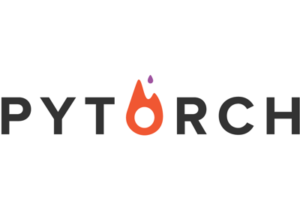 9.LightGBM
9.LightGBM
Purpose
Gradient boosting framework for machine learning.
Use Cases
Efficiently training gradient boosting models, often used in scenarios where performance and speed are critical.
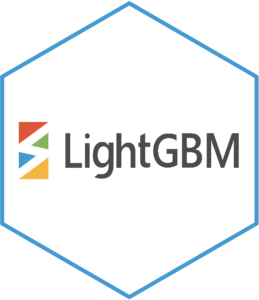
10.Theano
Purpose
Numerical computation library.
Use Cases
Developing and optimizing mathematical computations, particularly for deep learning research. Note that Theano has been largely succeeded by other libraries like TensorFlow and PyTorch.

Conclusion
In the conclusion, summarize the key points discussed in the article, highlighting the importance of these Python libraries in various domains of programming.
Encourage readers to explore these libraries based on their specific needs and interests.
You can also mention the ever-evolving nature of Python libraries, with new ones being developed and existing ones being updated to keep up with industry trends and demands.
FAQS
1.Why are Python libraries important for developers?
Python libraries are essential because they provide pre-written code and tools to simplify common programming tasks. They save developers time, effort, and the need to reinvent the wheel, making it easier to build robust and efficient applications.
2.How do I install Python libraries?
You can typically install Python libraries using package managers like pip or conda. For example, you can use pip install library_name to install a library, replacing “library_name” with the specific library you want to install.
3.What is the difference between NumPy and Pandas?
NumPy is primarily used for numerical and array operations, while Pandas is focused on data manipulation and analysis. NumPy provides support for multi-dimensional arrays, making it suitable for mathematical computations, while Pandas is ideal for working with structured data in tabular form.
4.Can I use Keras with TensorFlow or PyTorch?
Yes, both Keras and PyTorch can be used in conjunction with TensorFlow or PyTorch as their backend libraries. This allows you to leverage the high-level abstractions of Keras while benefiting from the computational power of TensorFlow or PyTorch.
